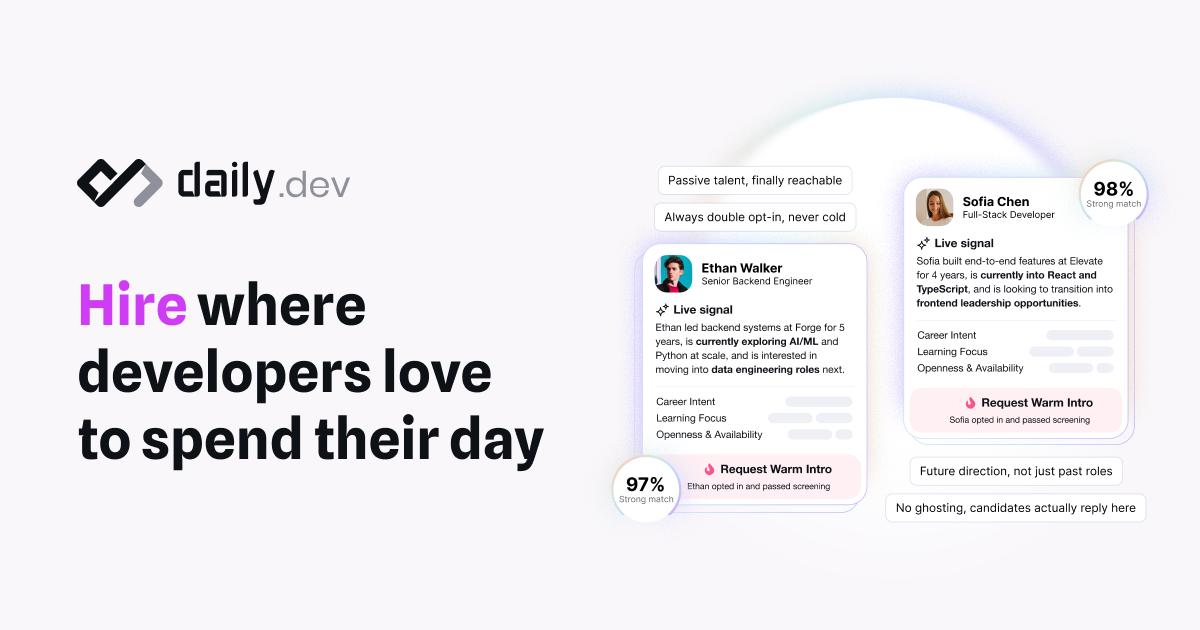


Learn the essentials of software maintenance contracts, covering key elements like service scope, payment structures, and legal protections for developers and clients.
A software maintenance contract is a formal agreement that defines how software will be supported after its launch. It ensures clear expectations for both developers and clients, covering tasks like bug fixes, security updates, performance improvements, and feature enhancements. Here’s what you’ll learn:
- What’s Included: Services like bug fixes, security patches, and performance tuning.
- Payment Options: Flat fees, hourly rates, or retainers.
- Service Level Agreements (SLAs): Response times, deadlines, and penalties for delays.
- Legal Protections: Intellectual property rights, data compliance (e.g., GDPR), and liability limits.
Key benefits for developers include predictable income, clear scopes, and stronger client relationships. For clients, it ensures reliable software performance and fast issue resolution.
Quick Overview:
- Scope: Define covered services and what’s excluded.
- Cost: Choose a flat rate, hourly billing, or prepaid blocks.
- SLAs: Set response times and deadlines.
- Legal Terms: Address ownership, compliance, and liability.
This guide provides actionable steps for drafting clear, enforceable contracts that meet both parties’ needs.
Software Development Agreements | Step by Step Process for ...
Core Contract Elements
Here are three key areas every maintenance contract should address.
Service Coverage
A software maintenance contract should clearly outline the services included. Examples might include bug fixes, security updates, performance improvements, or adding new features. Being specific helps avoid misunderstandings and ensures both parties know what to expect. It also helps developers maintain steady income by clearly defining what’s covered.
Once the scope is clear, it’s time to think about payment.
Cost Structure
There are a few common ways to structure payments: flat monthly fees, hourly rates for as-needed work, or prepaid service blocks. Flat fees work well for predictable workloads, hourly rates suit variable tasks, and retainers are ideal for long-term agreements.
Service Level Terms
Service Level Agreements (SLAs) set expectations for response times, deadlines, and system availability. For example, an SLA might promise a "4-hour response time for critical issues" and include penalties if those terms aren’t met. These agreements protect both the client and the service provider.
Once these elements are defined, it’s important to use precise language and ensure the contract complies with legal standards.
sbb-itb-bfaad5b
Contract Writing Guidelines
Once the core elements are in place, focus on drafting contract terms that are clear and enforceable.
Setting Clear Boundaries
Clearly outline service boundaries and deliverables. For example, specify that security patches will be applied within 48 hours of discovery, and monthly feature updates will occur on the first Tuesday of each month.
To provide clarity, create a detailed scope matrix that includes:
- Core maintenance tasks and their frequencies
- Emergency response protocols
- Services and activities that are not included
- Limits on resource allocation
- Communication methods and expected response times
Meeting Both Parties' Needs
Ensure the contract balances the developer's workload with the client's expectations by setting realistic timelines and resource commitments. Address both routine maintenance and emergency situations.
Here are some key points to consider:
- Resource Planning: Allocate time for emergencies in addition to regular maintenance tasks.
- Dispute Resolution: Clearly outline steps for handling disputes or addressing changes in requirements.
- Performance Reviews: Schedule quarterly reviews to evaluate the contract's effectiveness.
- Change Procedures: Define how adjustments to the scope will be managed, including any related pricing changes.
Legal Requirements
Incorporate legal elements to protect both parties and ensure compliance:
| Legal Component | Required Elements | Purpose |
|---|---|---|
| Intellectual Property | Define code ownership and license terms | Clarifies software ownership rights |
| Data Protection | Include GDPR/CCPA compliance and data handling policies | Ensures adherence to data regulations |
| Liability Limits | Set coverage caps and insurance requirements | Establishes boundaries for responsibility |
| Termination Terms | Specify notice periods and transition support | Outlines exit procedures |
Adapt compliance requirements to fit your industry and jurisdiction. For example, healthcare software should include HIPAA compliance, while financial systems should address SOX standards and other relevant security measures.
Finally, consult a legal professional to review the contract. This ensures it complies with local laws and accounts for any unique obligations, particularly with international clients.
Contract Implementation
Progress Updates
Once contract terms are finalized, keep everyone on the same page with regular progress updates:
- Send out weekly email summaries or set up biweekly calls to ensure SLA deadlines are met (refer to Service Level Terms).
- Use a clear template that covers completed tasks, ongoing work, current blockers, and next steps.
- Choose one dedicated communication channel and confirm that the client has access to it.
- Tie updates directly to SLA metrics to show how you're staying on track.
- Plan short milestone reviews to reassess priorities and gather feedback.
Conclusion
Combining clearly defined scope, cost structure, SLAs, and legal protections ensures reliable software performance and builds client confidence.
Key Takeaways
- Maintenance contracts rely on well-defined scope, fair terms, SLAs, and legal protections.
- A strong contract secures revenue, sets clear expectations, and strengthens client relationships over time.
Stay Updated with daily.dev

Use daily.dev's resources like its news feed, communities, Squads, and browser extensions to keep up with industry practices, tools, and collaboration opportunities.

.png)








